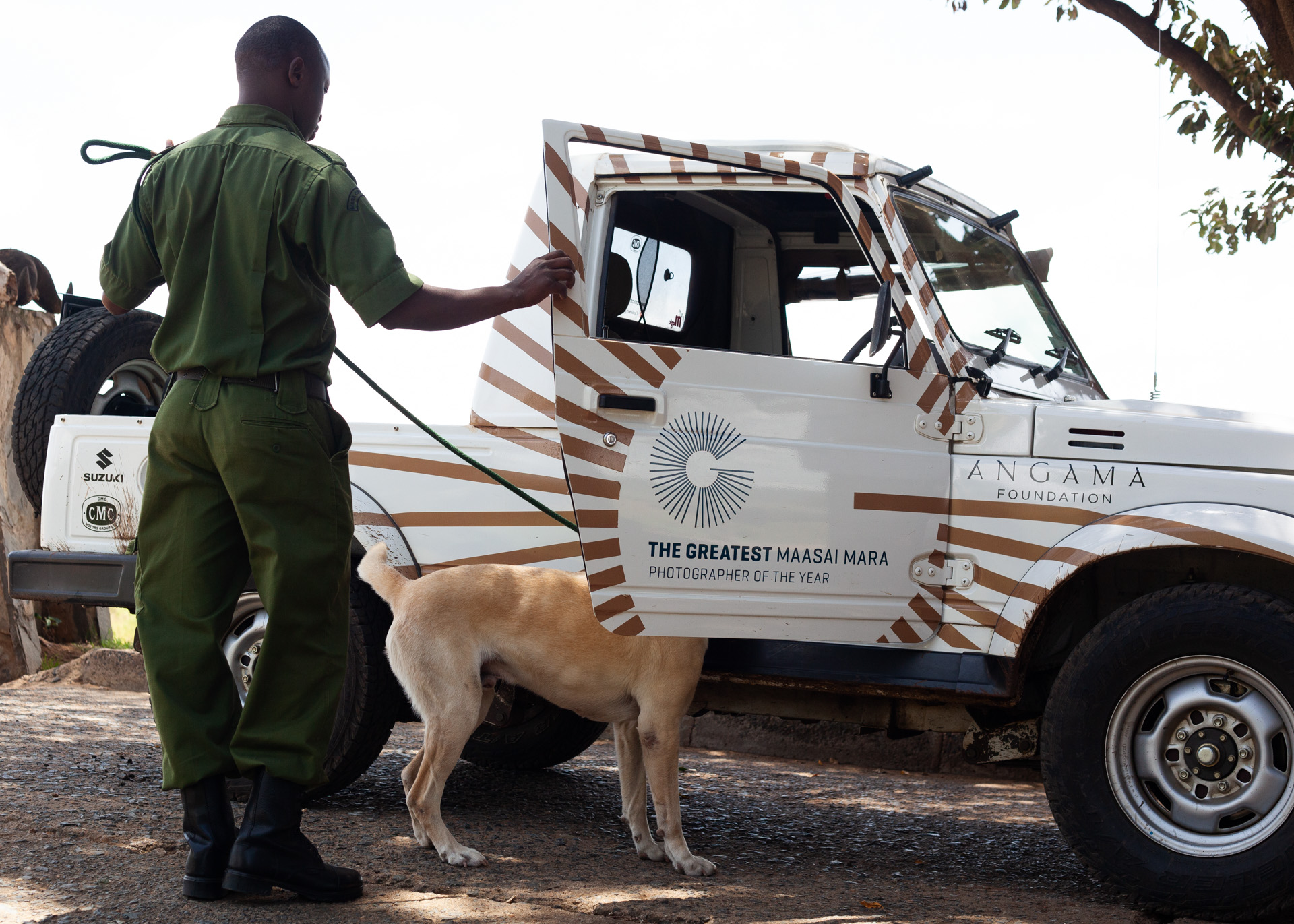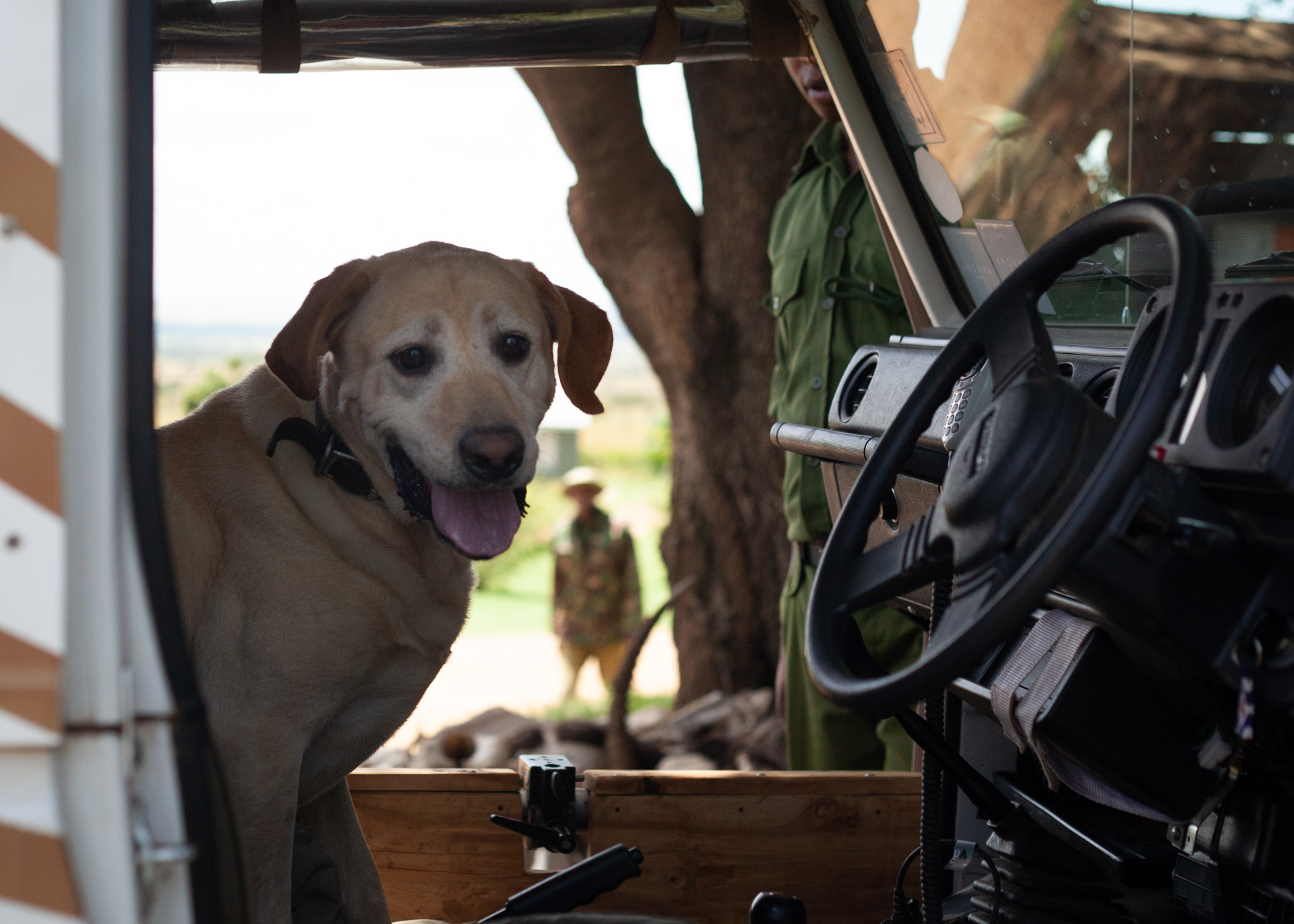Back From The Brink
10 September 2019 | The Mara | Adam Bannister

The Greatest Maasai Mara Photographer of the Year is not just a photographic competition, it is a mechanism to showcase some of the incredible, yet unrecognised people in the Mara. Every day, hundreds of people put their heart and soul into ensuring that this park retains its diversity, abundance of game and beauty. This is our way of saying thank you.
Today’s story is about the remarkable work done by the Mara Conservancy, or what is more commonly known as the Mara Triangle. This remote and exclusive western side of the Greater Mara Reserve is where our Angama guests spend their days viewing game a-plenty. By the end of the 1990s, the Mara Triangle was in complete free fall. Infrastructure, equipment and roads were in disrepair. The vehicles that remained were inoperable. Staff morale was exceptionally low, gate funds evaporated and poaching was rampant. Administration buildings had no running water or electricity and this portion of the reserve was largely declared unsafe. Illegal grazing within the park was out of control and the situation could only be described as dismal.
By the end of the 1990s, the Mara Triangle was in complete free fall. Infrastructure, equipment and roads were in disrepair. The vehicles that remained were inoperable. Staff morale was exceptionally low, gate funds evaporated and poaching was rampant. Administration buildings had no running water or electricity and this portion of the reserve was largely declared unsafe. Illegal grazing within the park was out of control and the situation could only be described as dismal.
Thankfully so much has changed since then and we are delighted to say the Mara Triangle is now a leading conservation model in East Africa.

Winding back the clock: in 2001, through the guidance and participation of local Maasai leaders and community members, together with high-spirited and driven individuals, the Mara Conservancy was established. This created the first public/private sector partnership of its kind in the region.
Starting with the establishment of a network of roads, the area rapidly opened up. A system was put in place to ensure park fees were responsibly collected and transparently distributed. Rangers were trained and fitted with uniforms and vehicles. Relationships between the reserve and the surrounding areas were strengthened through community projects and the establishment of lodges and tourism providers was encouraged. Slowly but surely, the land was ‘reclaimed’ from the poachers and 18 years later, it is one of the most-visited and well-known protected areas in the world.

However, managing and maintaining the Mara Triangle takes a large team and enormous commitment from all involved. The Mara Conservancy is dedicated in the fight to keep the land intact and the animals thriving. One of the many ongoing projects they have in place is the use of a dog unit. Here is a short video we put together featuring Lema Langas John, warden of the Mara Conservancy’s canine unit.
To enter your Mara photograph into the photographic competition please visit our website. Not only do you stand a chance of winning $10,000 in cash, but you will be contributing to the protection of the Maasai Mara. This is just a small way of saying thank you to the silent heroes.
TAGGED WITH: Kenya, Anti-Poaching, Conservation, Mara Conservancy, Wildlife Photography, Photographic Safari, Angama, canine unit, silent heroes, Photography competition


